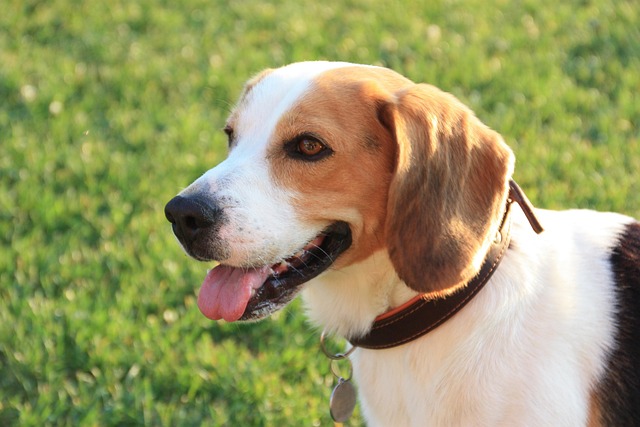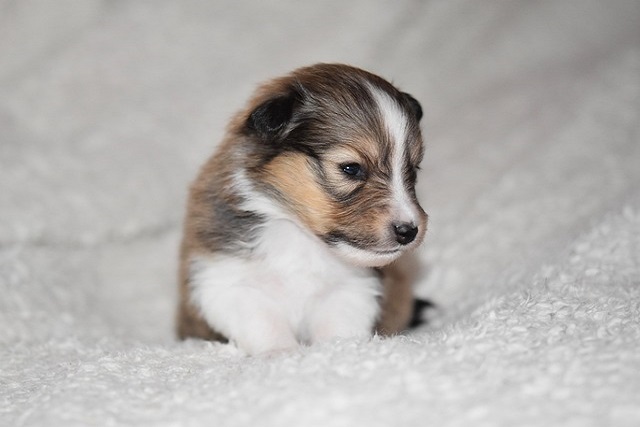
When will Samoyed have his teeth changed
When you look down at the Samoyed by your feet, it rubs your palm with its wet nose, revealing pink gums and tiny teeth.
When you look down at the Samoyed by your feet, it rubs your palm with its wet nose, revealing pink gums and tiny teeth. However, this adorable appearance won’t stay the same forever. As they grow, Samoyeds go through a teething phase, embarking on a journey of dental transformation like a butterfly emerging from a cocoon. As owners, witnessing their teething process is filled with both anticipation and worry. Understanding the timing and characteristics of a Samoyed’s teething is a compulsory lesson in accompanying their healthy growth. Every fallen baby tooth carries the mark of growth and our deep care.
A Samoyed’s teething period typically begins around 4 months old and lasts until 8 months old. During this stage, they go through the process of baby teeth falling out and permanent teeth growing, just like human children. Before 4 months old, Samoyeds have 28 neatly arranged baby teeth in their mouths, which help them chew puppy food and gnaw on toys. But as their bodies develop rapidly, the baby teeth gradually fail to meet their needs, and the permanent teeth start to "emerge."
At the beginning of teething, a Samoyed’s baby teeth become loose. You may notice that it occasionally hesitates or even lets out a soft whimper while gnawing on toys or food, as loose teeth can cause mild discomfort. Upon close observation, you can see slightly red gums, with new permanent teeth eagerly emerging from below the baby teeth. Just like tender shoots breaking through the soil in spring, the permanent teeth bring vigorous vitality, gradually pushing out the wobbly baby teeth.
During the peak teething period, around 5–6 months old, Samoyeds shed large numbers of baby teeth. During this time, you may find tiny baby teeth in various corners of the house: in sofa crevices, on carpets, or even beside their toys. These fallen baby teeth are like medals of growth, recording the Samoyed’s transformation. At the same time, permanent teeth grow rapidly. Larger and stronger teeth gradually emerge in the once-small mouth, with incisors, canines, and molars being replaced in turn, preparing for future diet and life.

Due to dental discomfort during teething, Samoyeds exhibit specific behaviors. They become particularly fond of gnawing on objects—furniture, shoes, or even the hem of your clothes may become their "tools" to relieve teething discomfort. This is not naughtiness but an instinctive response to soothe the itching and pain in their teeth. Although it’s frustrating to see beloved furniture marked by gnawing, all complaints turn into pity when you see their pathetic gaze due to teething pain. During this time, owners can prepare special teething toys for Samoyeds, such as rubber chew toys or teething sticks, which satisfy their gnawing needs, protect household items, and help clean teeth and promote permanent tooth growth.
In addition to gnawing behaviors, Samoyeds also show changes in diet during teething. Due to tooth sensitivity, they may resist harder foods, eat more slowly, or even eat less. At this point, owners need to adjust their diet by soaking dog food in warm water or preparing soft homemade foods like chicken porridge or vegetable puree, which ensure nutrition and are easy to chew and swallow. When feeding, gently soothe them by stroking their heads, offering encouragement and companionship so they feel protected by their owners even when their teeth are uncomfortable.
It’s important to note that during a Samoyed’s teething period, owners should closely monitor tooth growth. Under normal circumstances, baby teeth fall out smoothly, and permanent teeth grow neatly. However, sometimes baby teeth remain while permanent teeth have already emerged, forming "double rows of teeth." This not only affects appearance but also easily traps food debris, breeds bacteria, and causes oral diseases. If this situation is observed, Samoyeds should be taken to a veterinary hospital promptly for professional treatment. When seeing their cute companion facing health risks due to double teeth, owners feel anxious and hope to resolve the issue quickly to restore their dental health.
By around 8 months old, when the teething period ends, all 32 permanent teeth in a Samoyed’s mouth have emerged, marking the basic completion of their dental development. At this point, watching them happily gnaw on bones and play with strong teeth, recalling the bits and pieces of the teething period, all the worries, efforts, and companionship turn into deep satisfaction. A Samoyed’s teething process is a wonderful journey on the path of growth, and as owners, we are fortunate to participate, safeguarding their growth with love and care, and looking forward to them running joyfully in life with healthy teeth and sharing more beautiful moments with us.

When you look down at the Samoyed by your feet, it rubs your palm with its wet nose, revealing pink gums and tiny teeth.

When you gently stroke the fluffy, soft white fur of a Samoyed and feel the smoothness under your fingertips, it's like touching a warm cloud

The clear and bright eyes of dogs are an important window for establishing emotional connections with us. When this window is covered with haze, the owner is often distressed and anxious.

When the dog that used to be gentle and cute, wagging its tail to greet you, suddenly bares sharp teeth, emits low growls, or even makes lunging bites,

When you gently stroke a Schnauzer's fluffy head, its ears—like fairy wings—flick softly, as if whispering boundless joy. However,

As pet owners,we always want to give our dogs the best care,and deworming is an important part of daily care.The question of"whether to feed deworming medicine to dogs without parasites"involves health considerations and emotional care.